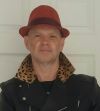Joe Bonamassa on the Sleep Eazys, the Philosophy of Gear Collecting and Nailing Link Wray's Tone
Joe Bonamassa repays a 30-year-old favor with an instrumental guitar album cut in The Humbler’s style.
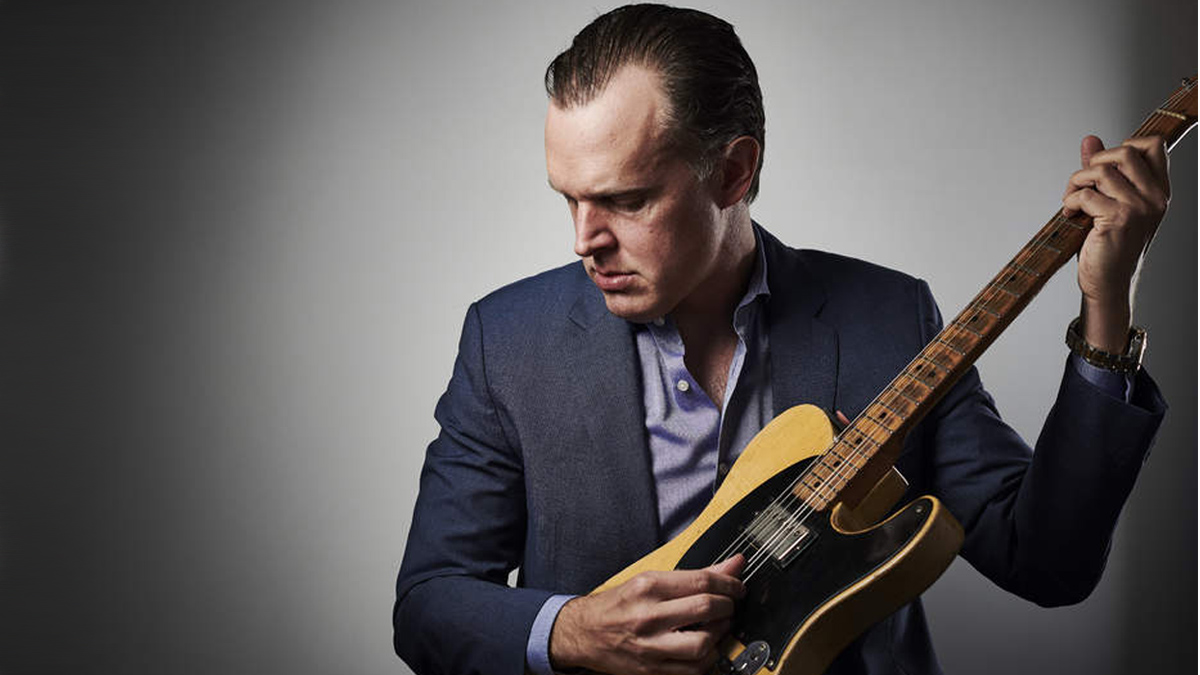
When Joe Bonamassa was a budding blues guitar prodigy, Danny Gatton took the youngster under his wing.
Nicknamed both the Telemaster and the Humbler, Gatton was an immensely talented player who worked a muscular fusion of blues, rockabilly and country he called “redneck jazz.”
Gracious to a fault, the elder guitarist not only gave his 12-year-old charge numerous one-to-one lessons and tips but even brought him up onstage to perform with him.
Footage on YouTube shows a young teenage Joe demonstrating the kind of chops and improvisational creativity most guitarists spend a lifetime trying to achieve, and today the guitarist credits Gatton’s attention and influence as factors behind his skill and success.
Though Bonamassa has frequently acknowledged the debt he owes Gatton, he’s never explicitly demonstrated the elder player’s influence in his music, until now.
On his latest album, the instrumental Easy to Buy, Hard to Sell (J&R Adventures), Bonamassa turns in a batch of guitar-centric tunes that replicate the diversity of material - and, of course, the stunning guitar work - that Gatton typically featured on his own albums.
Credited to the Sleep Eazys, Easy to Buy, Hard to Sell features Bonamassa’s touring band, including Double Trouble keyboardist Reese Wynans, bassist Michael Rhodes, drummer Anton Fig, trumpeter Lee Thornburg and saxophonist Paulie Cerra, among others.
Joining the crew are harmonica player Jimmy Hall and guitar great (and multi-instrumentalist) John Jorgenson, who lends his signature fretwork to nearly every track. The musicians cover a host of guitar classics like Link Wray’s “Ace of Spades,” Jimmy Bryant’s “Ha So,” Tony Joe White’s “Polk Salad Annie” and Gatton’s own “Funhouse.”
But Bonamassa also extends the twangin’, string-bending fun to offbeat choices like the theme from the 1969 James Bond film On Her Majesty’s Secret Service, and the Frank Sinatra standard “It Was a Very Good Year,” on which he and his band put a spaghetti-western spin on the original Nelson Riddle arrangement.
Of course, Joe being Joe, this isn’t the only project he’s had on his plate. Prior to the COVID-19 lockdown, he’d spent time recording a new album with fellow blues-rock guitarist and friend Bernie Marsden at London’s famed Abbey Road Studios, where he’d once worked on a project with late Deep Purple keyboardist Jon Lord. The new album will feature all-new original tracks and is slated for release later this year.
Bonamassa took time to speak with Guitar Player about the new Sleep Eazys record, the influence of Danny Gatton, how he continues to have a financially successful career in the digital age and what’s on the horizon for him.
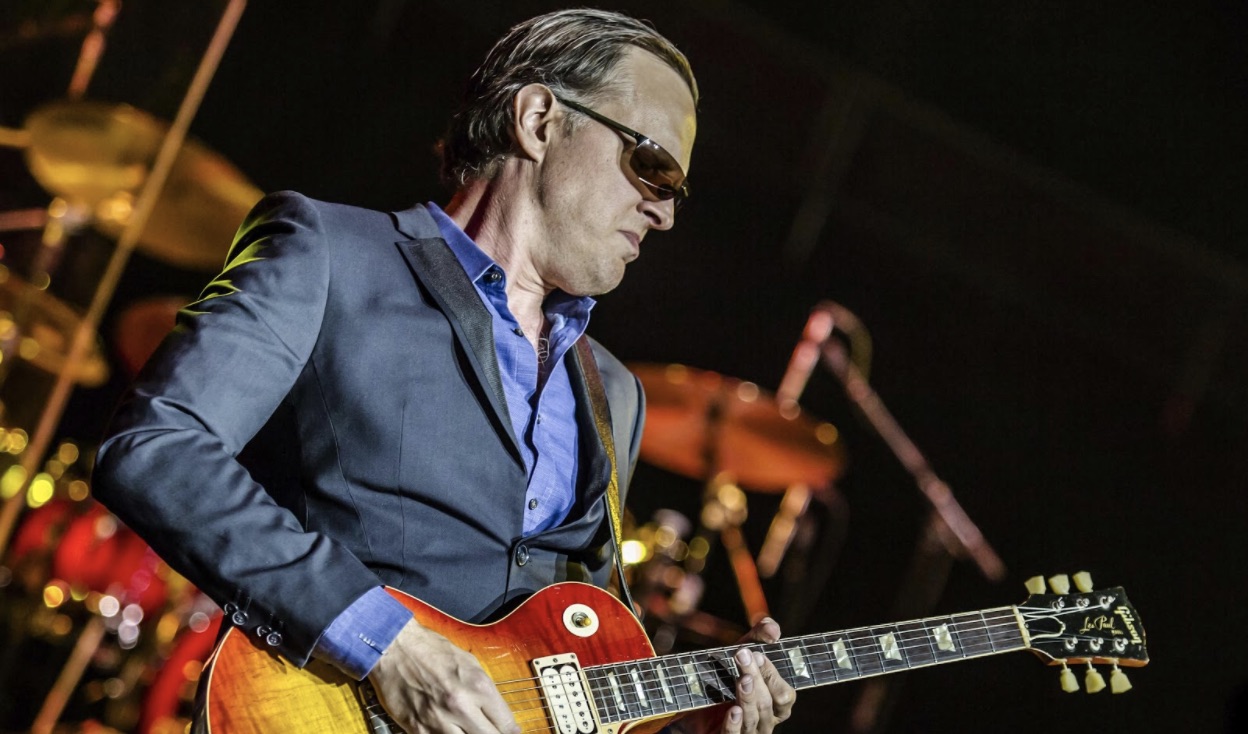
Easy to Buy, Hard to Sell sounds like it was a blast to make. Was it liberating to concentrate on playing the tunes and not have to sweat over original material?
Yeah. I grew up listening to Jimmy Bryant, Roy Buchanan, James Burton and Danny Gatton of course. They all made great records in that vein - just fun, guitar-instrumental records, and I always wanted to make one. I figured that if I was going to make an instrumental record, I didn’t want to make a blues album, because that’s what I do already.
So I came up with the idea of doing an entire album around the Telecaster. I got my friend John Jorgenson onboard and great players like Reese Wynans on keyboards, and all of a sudden, I had a great band together. It sounds like fun because it really was great fun to record.
The album plays like a stack of singles. There’s no flab. It’s all straight-to-the-point and instantly memorable.
Absolutely. I think one of the trappings of any guitar record is that you want to stop it from becoming too self-indulgent. Our plan was to try to make this as concise as we could.
You know, the usual formula for guitar albums is to maybe play the head a couple of times and then go into the open-ended solos. But I think this entire record runs to about 33 minutes, which is short by modern standards, but that was the norm at one time. People who work in my office thought at first that it seemed rather short.
I told them they weren’t old enough to remember when a classic rock album, like the early Zep records, were all about 30 minutes in length. It was only the age of the CD that caused albums to be so long. When my CDs come out on vinyl, they are often double albums.
I think we all fall into the habit of filling the available space with music, and then you get bonus tracks and extra tracks for the Japanese market, and so on. Get in, make a statement and get out again - that was my philosophy for this record. We only cut the songs we put on the album.
The variety of material on offer attests to what you’ve said in the past: that Danny introduced you to a whole world of music outside of straight blues.
Danny was an encyclopedia of Americana. He introduced me to Hank Garland, Jimmy Bryant, James Burton. He got me into Les Paul when previously I thought it was a guitar and not an actual guy. I was a blues player when I was 11, and Les Paul wasn’t on my radar. He got me into Gene Vincent and his great guitarists, particularly Cliff Gallup.
Older Guitar Player readers out there may well remember Gatton appearing on the cover of the March 1989 issue, which featured guitarists that were not widely known. Although, frustratingly, he had a mask covering his face, so effectively he was still not getting the full exposure.
Yeah, I know. [laughs] I met him in ’88. The record that his mom, Norma, put out - Unfinished Business - had just been released. He was selling records at his shows, and I still have that vinyl record that he gave me.
He befriended me and let me hang out with him. I took in everything that he showed me like a sponge. I got to play vintage Teles for the first time, got my introduction to blackface Fender amps - so many cool things. He was, and still is, a huge inspiration for me.
To discuss some of the tracks in detail, I want to start with your cover of Link Wray’s “Ace of Spades.” Your tone is uncannily close to Link’s on that track. What guitar was that?
Everything on the album was recorded on a Telecaster. I had four: an original ’53 which was the main guitar used on the record; I had Terry Reid’s ’52 Tele with the humbucker on the neck; I had my ’51 Nocaster, and on “Polk Salad Annie” I used a 1960 Tele Custom. The only amp I used was a ’63 Fender Vibroverb. “Ace of Spades” required two overdubs.
It sounded okay when I did my original take on it with the one guitar track, but nothing special. Link’s sound was always super-tough, and my take wasn’t tough enough for me. It’s easy to play technically but really hard to make it sound like he made it sound - the way he really attacked the guitar.
I say if you don’t want a particular guitar in your collection, you shouldn’t buy it just because you think you ought to have this or that
His delivery was so hot and intense. So I overdubbed a guitar straight into the console through a compressor and into a Fuzz Face. I tweaked the sound until it sounded awful and harsh, and then I ran that under my original part, and that gave it the Link vibe.
Another thing was that we weren’t super precise on our tuning. We ear-tuned rather than using a tuner. It seemed to help that rough edge. Back in the day, everybody tuned by ear or with tuning forks or whatever. That’s part of the charm that I think people forget.
The Bond film track, “On Her Majesty’s Secret Service,” takes on a very Link-like tone as well.
Yeah, I was looking for a Bond-ish track. Our engineer suggested it. It’s not such a well-known track and that isn’t one of the best-known Bond movies. We were looking for a Phil Spector-like wall of sound with a cacophonous ending there. It’s a great piece of music, and it wasn’t the obvious choice.
On your cover of “Polk Salad Annie,” I was wondering whose version you were channelling: Tony Joe White’s or Elvis’s?
Well, to be precise, our version is most related to James Burton’s interpretation of Elvis’s version, I would say.
“Hawaiian Eye” takes the old theme tune in a very different direction. You basically turned it into the kind of thing Danny would do.
Yeah. That was our mandate: “What would Danny do?” It was a very Tele-centric riff. The original was probably something like Tommy Tedesco would’ve played on, then gone on to another four recording sessions that day. It really got into a great groove.
What was your reason for including a cover of “It Was a Very Good Year,” which is usually associated with Frank Sinatra? You brought some great spaghetti-western flavors to that one.
That was actually the first song that I had in mind for the record. I loved the Nelson Riddle arrangement, and Sinatra’s voice sounded like a tenor sax.
I thought, if we could take that arrangement and I’d try to be Frank on the Tele, then it could really work. Not that anybody could be Frank, of course. The strings on it were a real important feature toward getting the overall sound that I wanted.
“Funhouse” is the only cover of a Gatton original. Why that particular piece?
Mainly because, in his later years, that was the song that I would jam on with Danny if I was getting onstage with him. There are a couple of different versions of a song called “Funhouse” credited to Danny, so I wanted to make sure that I was doing an actual Gatton piece to ensure the royalties would get paid properly.
I had to double-check that one with his daughter. I found the version that we did on a bootleg, and it is quite different from the other piece of music that’s credited to him under the title “Funhouse.”
For me, I always thought that Gatton’s first major-label album, 88 Elmira Street, was his strongest. What was your favorite album from his catalog?
My favorite would be Redneck Jazz Explosion Live. He’s playing the Les Paul with the legendary Magic Dingus box built onto the guitar to control the Leslie and some other effects. His playing and tone are so great on that album.
You’re very prolific. It seems like you are always releasing new music. How far in advance are you planning your projects?
I had the idea to do this album a year before I recorded it. I produced Reese’s record, and it turned out really well, and that gave me the confidence to produce this album.
I plan quite far ahead. I just finished the Abbey Road album, and I’m planning to record my next album in January. Now that we have all the time in the world under lockdown, I’m getting a chance to organize that.
Do you find that it’s still possible to make a decent financial return on recorded music in the streaming age?
Well, there is some money in streaming, but not very much. The old metrics of recording an album and the costs involved have changed forever. Now, however, if you scale everything correctly and manage the budgets and know what it will realistically sell, then as long as you keep to that budget you can still make money off an album.
I checked out the merch on your website and there is a staggeringly wide range of items on there, from a back scratcher to signature guitars. Do you think an almost Kiss-like range of merchandise is one of the keys to keeping the machine ticking?
It’s keeping the lights on right now, I can tell you that. We’re not looking at touring income anytime soon, until there’s a vaccine for this virus, so the music business has taken a real hit.
Our model is vertically integrated. If we sell a Joe B plush toy, that money goes to help pay for a recording, and then maybe that recording pays for another album. That’s the reality of the situation. I kind of think of it as the “rainy day” model, and it’s gonna be raining all year.
When watching the clips of you as a kid, I’m always struck by how confident you seem. Where did that come from?
I don’t know. It certainly doesn’t trickle into my real life, because I’m pretty shy and introverted. But for some reason, give me a guitar and an amplifier, and I’m a different person. That’s been the way it has been for me since I was a kid.
Did the guitar come easily for you?
It didn’t come easy. I worked hard at it. Some people are just natural and see things in a different dimension. I definitely worked hard for it. I obviously had some natural abilities and a propensity for playing the guitar - the way I hold it, my technique. I don’t play hard; I play loud, and there’s a difference. You can play hard and it chokes the note out, but you can play light and loud and it really blooms.
Are you still in love with the guitar and a play-every-day guy?
I still play every day. I’ve been busy navigating life in 2020 at the moment, and I can get distracted, but I still play pretty much every day.
You have a collection of guitars and amps worthy of a museum. Are you still looking for any holy grail items?
No. I collect Fender and Gibson electric solidbodies. That’s what I love. I have a few acoustics and Gretsches and one Rickenbacker. The wrong thing about guitar collecting is where people think they need an L-5 maybe, or one of everything. I say if you don’t want a particular guitar in your collection, you shouldn’t buy it just because you think you ought to have this or that.
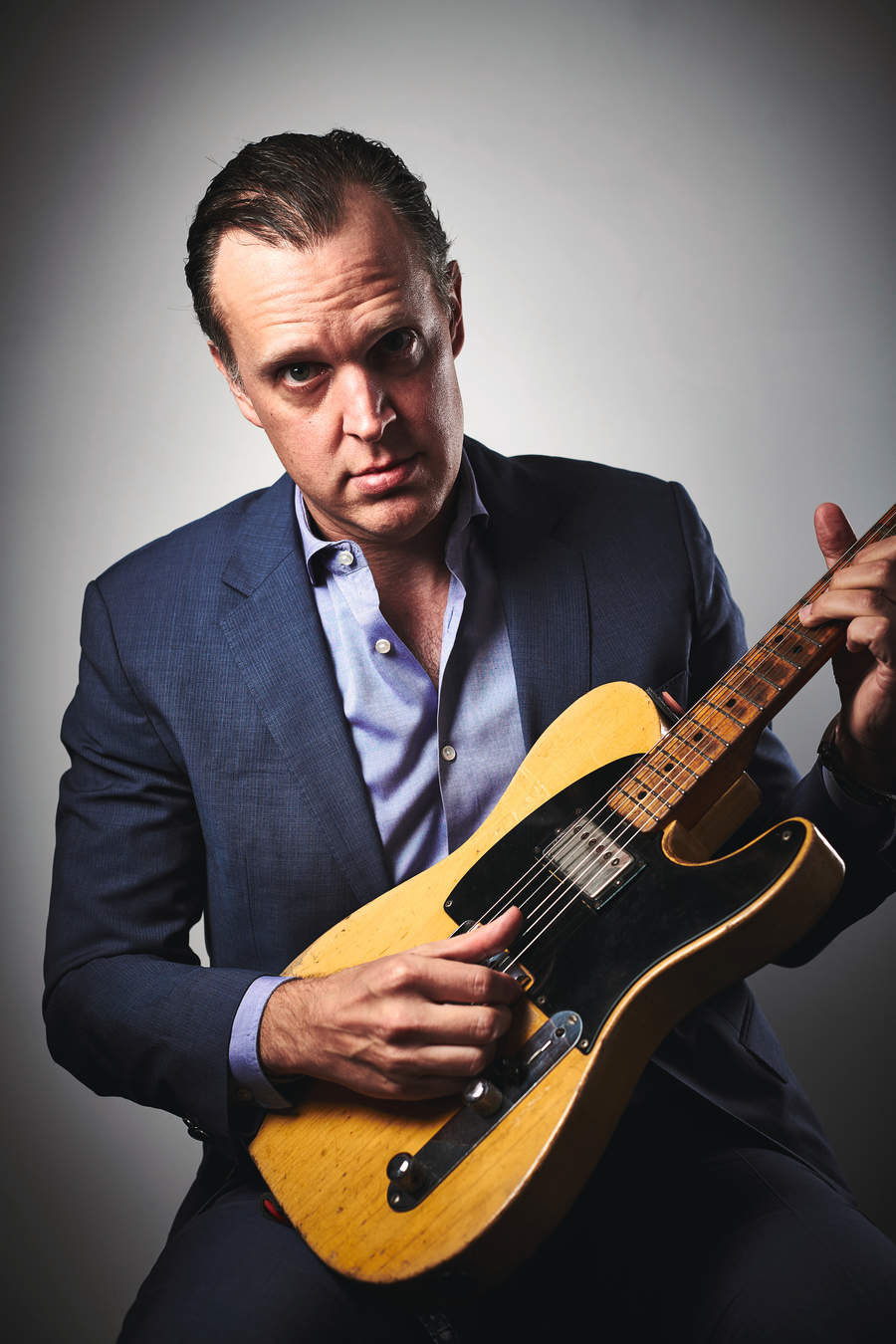
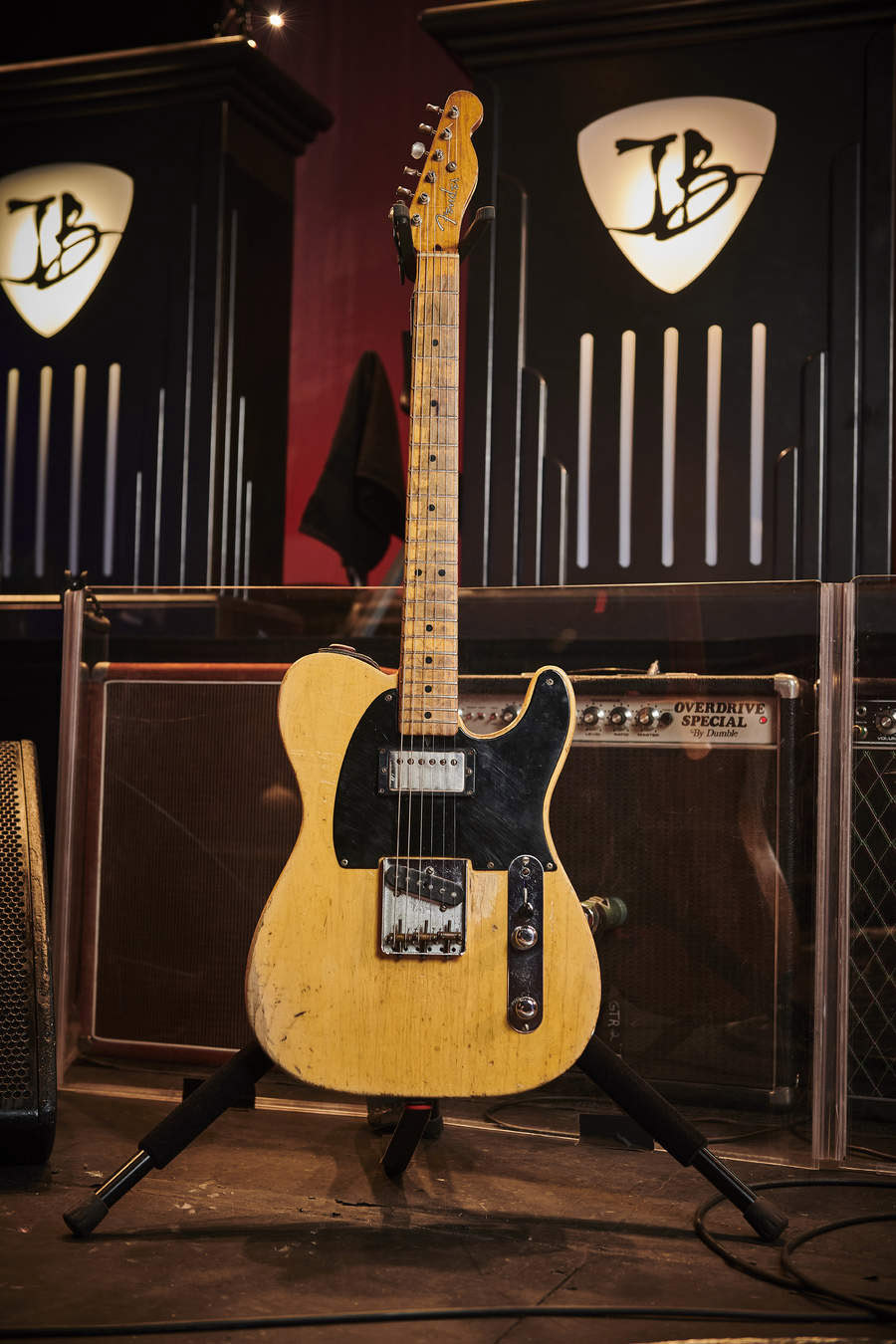
What do you work on when it comes to your own playing?
Well, particularly when I’m making solo albums, I try to chisel out unique-sounding
phrases that are indelibly linked to me and then try to create others that sound similar, because that’s part of the journey toward creating your own style.
Given the artistic success of Easy to Buy, Hard to Sell, can you see yourself doing another in the same vein?
Yeah, I envision doing another album like this. Part of the chemistry involved is dependent on the cast of characters - the band members - that I worked with. I could anticipate calling some other friends, just to see what happens.
I just have to have the songs together, you know? Finding the musicians is the easy part. John Jorgenson is a monster. Reece Wynans is a monster. Anton Fig’s drumming is so great, and Michael Rhodes is such a great bass player.
My job is to create a set list that showcases the quality of musicianship and does full justice to it. That’s a nice job to have, though.
Get The Pick Newsletter
All the latest guitar news, interviews, lessons, reviews, deals and more, direct to your inbox!
Mark is a freelance writer with particular expertise in the fields of ‘70s glam, punk, rockabilly and classic ‘50s rock and roll. He sings and plays guitar in his own musical project, Star Studded Sham, which has been described as sounding like the hits of T. Rex and Slade as played by Johnny Thunders. He had several indie hits with his band, Private Sector and has worked with a host of UK punk luminaries. Mark also presents themed radio shows for Generating Steam Heat. He has just completed his first novel, The Bulletproof Truth, and is currently working on the sequel.
"This 'Bohemian Rhapsody' will be hard to beat in the years to come! I'm awestruck.” Brian May makes a surprise appearance at Coachella to perform Queen's hit with Benson Boone
“We’re Liverpool boys, and they say Liverpool is the capital of Ireland.” Paul McCartney explains how the Beatles introduced harmonized guitar leads to rock and roll with one remarkable song
